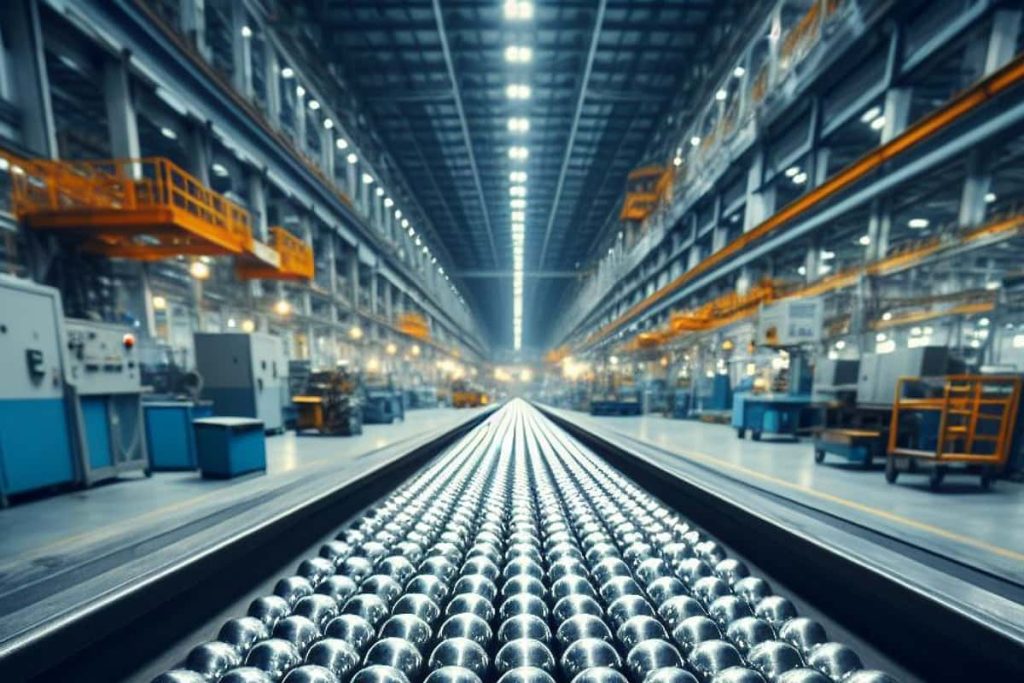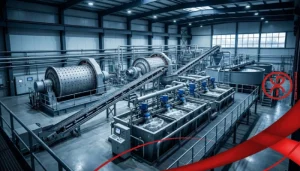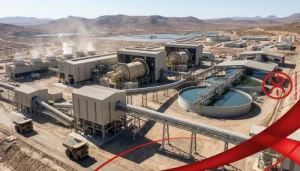A ball mill is a versatile and essential piece of equipment widely used in various industries for processing powder materials. But what is a ball mill machine exactly? It is a grinding device that utilizes balls to grind and mix materials, transforming them into finely powdered substances. This machine plays a crucial role in sectors such as food, pharmaceuticals, and chemicals, where precise particle size and consistency are vital for product quality. Understanding the functionality and uses of ball mill machines can greatly enhance production efficiency and product development in these industries. In this article, we will explore the key components, types, and applications of ball mills, providing a comprehensive overview of their importance in material processing.
Introduction to Ball Mills
A ball mill is a crucial type of grinding machine widely employed in various industries for size reduction and material processing. So, what is a ball mill? It consists of rotating cylinders filled with grinding balls, which are typically made of steel or ceramic. As the cylinder rotates, the grinding balls collide with the materials, creating both impact and shear forces that crush and grind the materials into a fine powder.
Ball mills are particularly useful in mineral processing, paints, pyrotechnics, and ceramics, where achieving a specific particle size is essential. The efficiency and simplicity of the ball milling process make it suitable for large-scale production, utilizing readily available raw materials.
Overall, the ball milling process is integral in modern materials science and engineering, combining high efficiency with innovative applications in energy storage and beyond.
How Ball Mills Work
What is the ball mill? A ball mill is a specialized type of grinder designed to grind and blend bulk materials into smaller particles, including quantum dots (QDs) or nanosized materials. Its operation is based on two primary mechanisms: impact and attrition.
The working principle of a ball mill is relatively straightforward. The mill consists of a hollow cylindrical shell that rotates around its axis. Inside this shell, various sized balls (typically made of steel or ceramic) are contained. As the shell rotates, the balls are lifted to a certain height by the rotational motion and then allowed to drop freely onto the material to be ground.
- Impact: When the balls drop from near the top of the rotating shell, they strike the material with significant force. This impact breaks the material into smaller pieces, contributing to the size reduction process.
- Attrition: In addition to impact, attrition plays a crucial role in the grinding process. As the balls move within the mill, they rub against each other and against the material being processed. This rubbing action further aids in reducing the particle size as the materials are sheared apart.
Ball mills can be operated in two different configurations: closed-circuit and open-circuit. In a closed-circuit setup, the material is continuously circulated through the mill, which allows for finer grinding and better control over the final product size. Conversely, in an open-circuit system, the material is fed into the mill and discharged without any recirculation, which can lead to coarser products.
Overall, the ball mill’s ability to facilitate size reduction through impact and attrition makes it an essential tool in various industries, including mineral processing, materials science, and the production of advanced nanomaterials.
Key Components of a Ball Mill
A ball mill consists of several essential components that work together to facilitate the grinding process. Here are the primary parts:
- Cylindrical Shell: This is the main body of the ball mill where the grinding takes place. It can be designed to be either horizontal or slightly inclined, allowing for effective movement of the grinding media.
- Grinding Media: The grinding media are the balls used to crush and grind the material. They can be made from various materials, such as steel or ceramic, depending on the application and desired results.
- Lining Material: The interior of the cylindrical shell is lined with a protective material. This lining helps prevent wear and tear on the shell while also assisting in the grinding process by providing additional friction.
- Operation Mechanisms: These include components like the ring gear and gearbox, which are crucial for enabling the rotation and operation of the mill. They ensure that the grinding media move effectively within the shell.
While these components form the backbone of a ball mill, it’s important to note that specific designs and configurations may vary depending on the manufacturer and the intended application.
Industrial Applications of Ball Mills
Ball mills are essential equipment in many industrial sectors due to their versatility and efficiency in grinding. Here are some of the key applications of ball mills:
- Mining: In the mining industry, ball mills are used for the grinding and processing of ore to extract valuable metals, including both ferrous and non-ferrous types.
- Cement Production: Ball mills play a critical role in the production of cement by grinding clinker and other materials into fine powder, which is then used to create cement.
- Ceramics: In the ceramics industry, ball mills are employed to grind and blend materials needed for the production of various ceramic products.
- Pharmaceuticals: Ball mills are used in the pharmaceutical sector to reduce particle size and improve the uniformity of active ingredients and excipients.
- Chemical Industries: In chemical manufacturing, ball mills are used to grind chemicals and other materials, facilitating reactions and improving product consistency.
- Pigments and Paints: Ball mills are utilized for grinding pigments and dyes to create fine dispersions, essential for high-quality paints and coatings.
- Coal and Metal Oxides: They are also employed to grind coal and metal oxides, which are crucial for various industrial processes.
Ball milling can be conducted in either wet or dry conditions, depending on the specific requirements of the material being processed and the desired final product. This flexibility makes ball mills a valuable tool in diverse applications across multiple industries.
Advantages and Limitations
In summary, ball mills provide numerous benefits, including versatility in applications, the ability to achieve a fine grind, and suitability for continuous operation. However, they also present certain challenges, such as high energy consumption, generation of noise, and the risk of contamination during the grinding process.
In conclusion, a ball mill is a vital piece of equipment used for grinding materials into fine powders, playing a significant role in various industries. It operates efficiently while providing versatility in applications. For more information or if you need assistance, please feel free to contact the support team at Alpha Grinding Media.
FAQ
A ball mill is a type of grinder used to reduce materials into fine powders by using grinding balls within a rotating cylindrical shell. It operates on the principles of impact and attrition.
A ball mill machine is the equipment that facilitates the grinding process. It consists of components such as a cylindrical shell, grinding media (balls), lining material, and operational mechanisms, allowing it to grind various materials efficiently.
Ball mills can grind a wide range of materials, including minerals, cement, ceramics, chemicals, and metal oxides. They can be used in both wet and dry conditions, depending on the application.
The advantages of using a ball mill include its versatility, ability to achieve fine particle size, continuous operation, and suitability for large-scale production. However, it is important to consider challenges such as high energy consumption and potential contamination.





